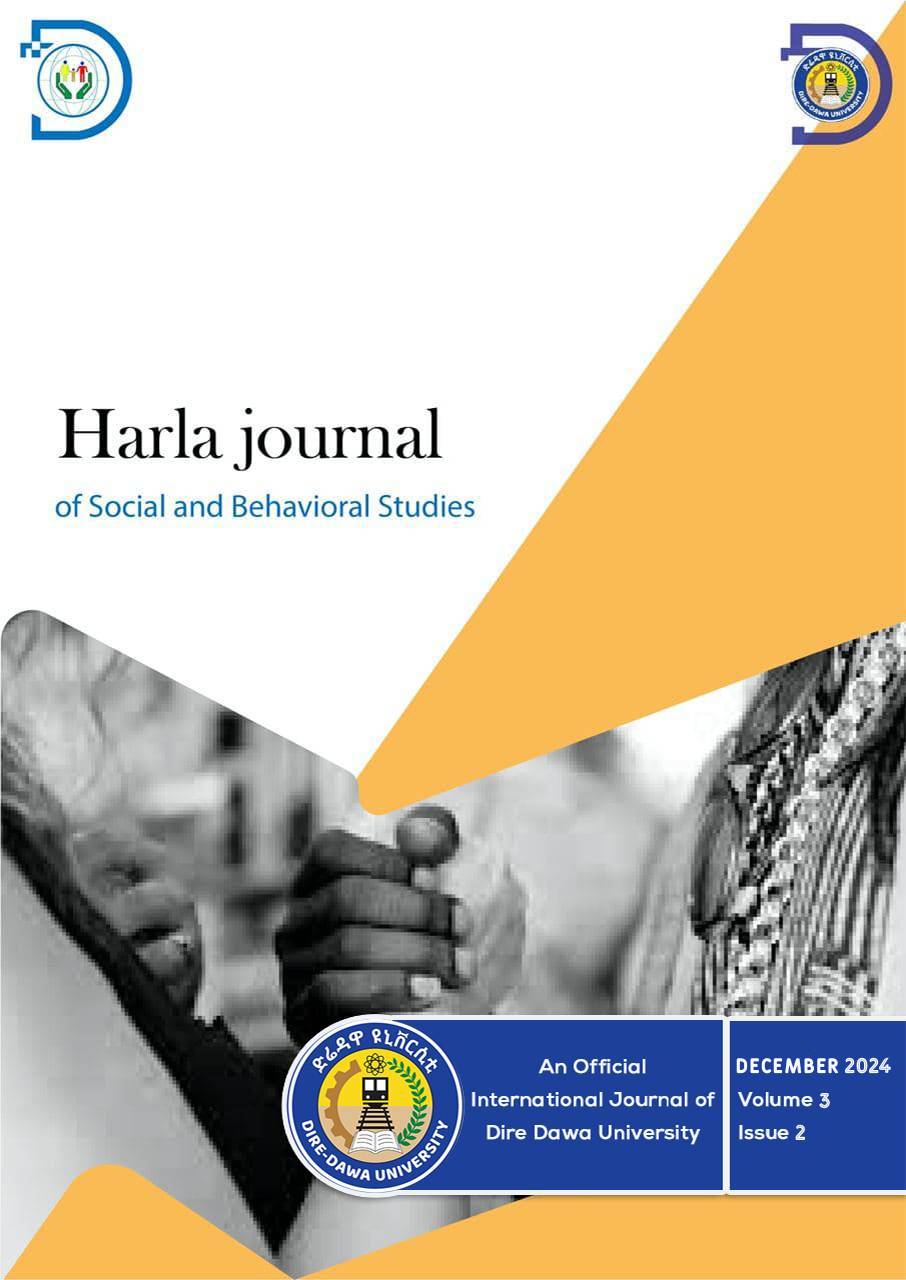Hydro-Politics in the Eastern Nile Basin:
The Grand Ethiopian Renaissance Dam’s Influence and Regional Dynamics
DOI:
https://doi.org/10.20372/hjsbs.v3i2.145Keywords:
Hydro-politics, GERD, Nile Basin, Water Governance, Trans-boundary Water ManagementAbstract
The aim of the study is to analyze the hydro-political dynamics in the Eastern Nile Basin, including the Grand Ethiopian Renaissance Dam (GERD) and the implications for regional cooperation and conflict. It aims to examine the views of the three countries, Ethiopia, Sudan and Egypt, on the issue of water rights, resource management and the socio-economic and environmental impacts of the dam. To achieve this goal, the study employed a qualitative case study design, in which both primary and secondary sources were used and analyzed thematically. The results show that while the GERD offers significant opportunities for regional economic growth and energy security, it also exacerbates diplomatic tensions and challenges existing water sharing agreements. The findings show that the Grand Ethiopian Renaissance Dam (GERD) is challenging Egypt’s long-standing and rigid stance on the Nile and forcing the country to discuss how to manage the river’s resources. Although Sudan initially recognized the construction of the dam, its position remained inconsistent due to various factors. These include the historic water-sharing agreement with Egypt, concerns about potential negative impacts and the prospect of affordable hydroelectricity from the project. In contrast, Egypt has come out strongly against the GERD project, arguing that it violates its historic rights over the Nile. As a result, tensions have escalated between Ethiopia and the downstream countries of the Nile basin. Based on the findings, the study proposes improving regional cooperation through institutionalized dialogue, an equitable framework for water sharing and confidence-building measures to defuse conflicts.
Downloads
Published
How to Cite
Issue
Section
License
Copyright (c) 2024 Harla Journals and Author(s)

This work is licensed under a Creative Commons Attribution-NonCommercial 4.0 International License.






